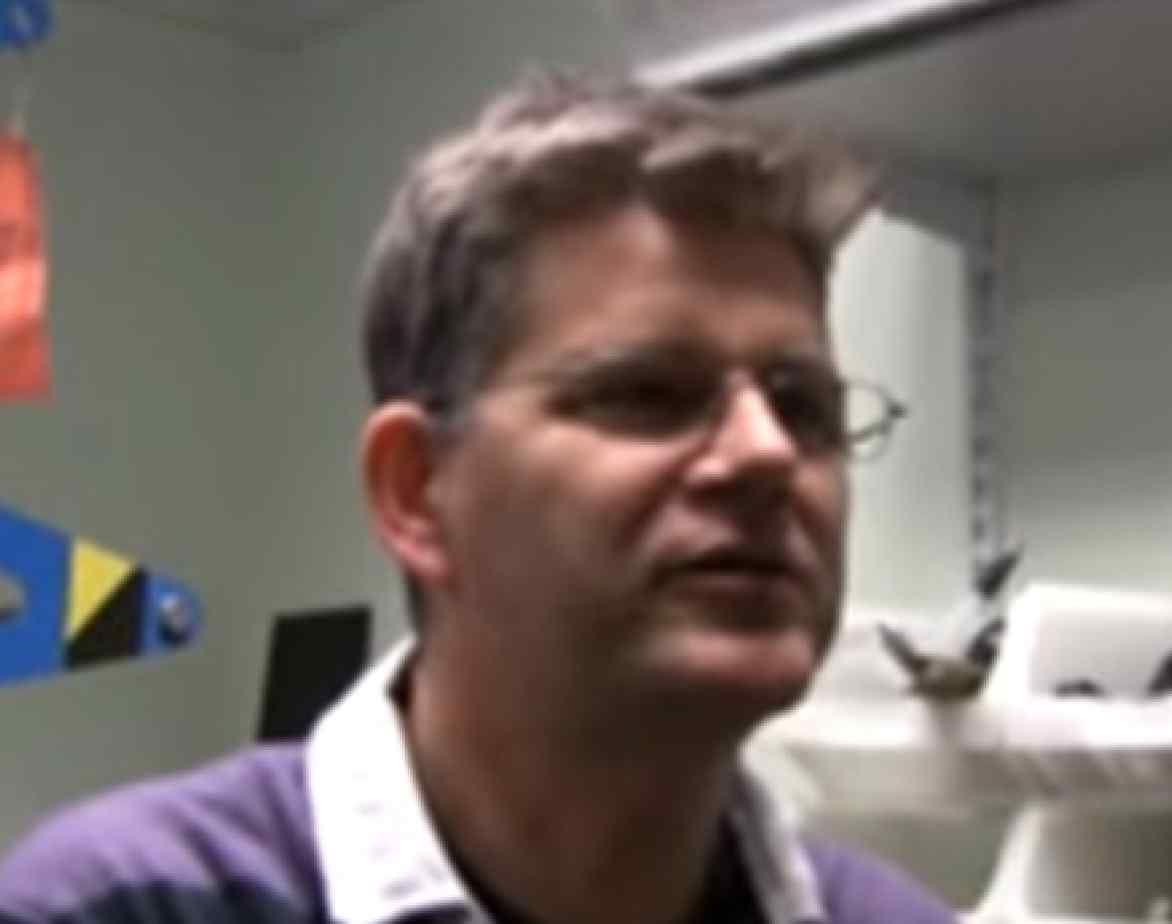Research
Introduction
The technological revolution brought about by the development of miniaturized electronic devices over the last 50 years has had an extraordinary impact on every aspect of our daily lives. Devices are now reaching the realm where individual structures are made up of only a few atoms. This has led to concern that quantum fluctuations will cause problems for the development of ever smaller, more powerful devices.
But more recent theoretical and experimental developments have led researchers to use the laws of quantum mechanics in new ways - allowing unprecedented control over the dynamics of small numbers of quantum systems. Extremely weird quantum phenomena such as entanglement, teleportation, nonlocality and interference are within our control - and now we are learning that they can actually be very useful! Hitherto undreamt of applications of this field of research are diverse, for example they include:
- Quantum cryptography and quantum coin flipping
- Quantum computers which can run uniquely quantum algorithms
- Improved high precision metrology (space and time measurements)
- Nonclassical aspects of field-matter interaction
- Quantum aspects of attosecond dynamics
- Quantum plasmonics
One of the features of this field is its high degree of inter-disciplinarity. Quantum Information Science is not just done by physicists - there are also large numbers of computer scientists, mathematicians, chemists and recently even biologists are getting involved!
The field is also providing new insights into the structure of quantum mechanics, and many new results in the field of Foundations of Quantum Mechanics.
Due to the universality of the principles of quantum mechanics, there is an incredible variety of different physical systems in which the core principles of controlled quantum dynamics are being implemented. Examples include:
- Ion traps, in which small numbers of icons can be coherently manupulated by lasers
- Semi-conductor quantum dots, in which the spin of trapped electrons are manipulated by radio-frequency fields
- Ultra-cold (Bose-condensed) atoms being moved around "atom chips"
- Single atoms trapped inside buckyballs
- Highly pure silicon doped with single phosphorous atoms
- Trapped cooper pairs in superconductors
- Single photons produced by a wide variety of possible mechanisms
- Atoms trapped in microwave or optical cavities
- Attosecond dynamics and Plasmonics
What type of research might you undertake in Controlled Quantum Dynamics?
Experimental projects could range over topics such as:
- Trapping and manipulating ultra-cold atoms on an atom chip for applications in sensing and quantum information processing
- Trapping individual ions in an ion trap for applications in quantum information and precise measurements that can test fundamental symmetries – searching for the electric dipole moment of the electron
- Building the next generation of atomic clocks, small enough to fit in a mobile phone
- Studying coherent control of ultrafast processes in molecules
- Investigate quantum matter-field interaction in a nanoscale structure
Theoretical projects could range over topics such as:
- Studying quantum entanglement and using the results to understand features of many-body quantum systems
- Modelling quantum dynamics of small numbers of constituents in biological systems to explore the extent to which nature is already doing controlled quantum dynamics.
- Modelling quantum decoherence for both foundational (interpretations of quantum mechanics) and pragmatic reasons.
- Designing schemes to interface light and matter, so as to exploit the best properties of each type of system with respect to maintaining quantum coherence.
We expect a very large number of project proposals ranging over these and many other topics, so you will have plently of choice!



